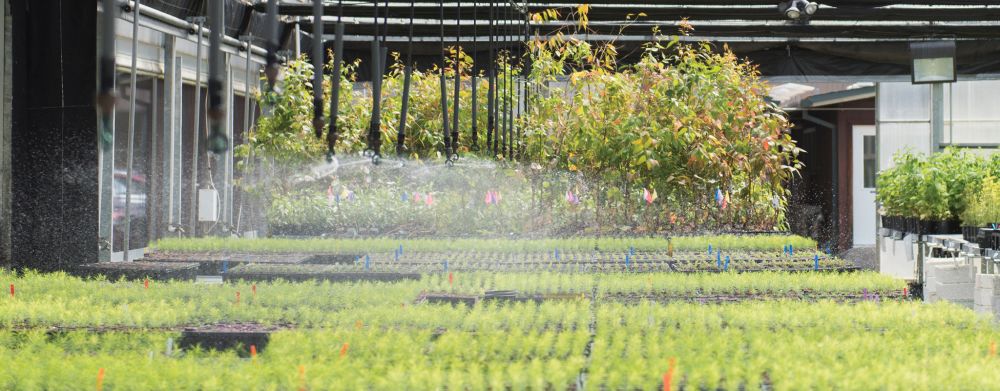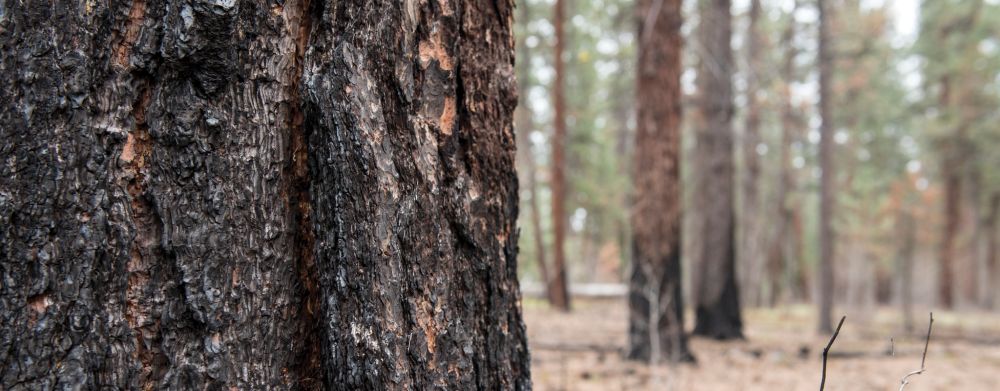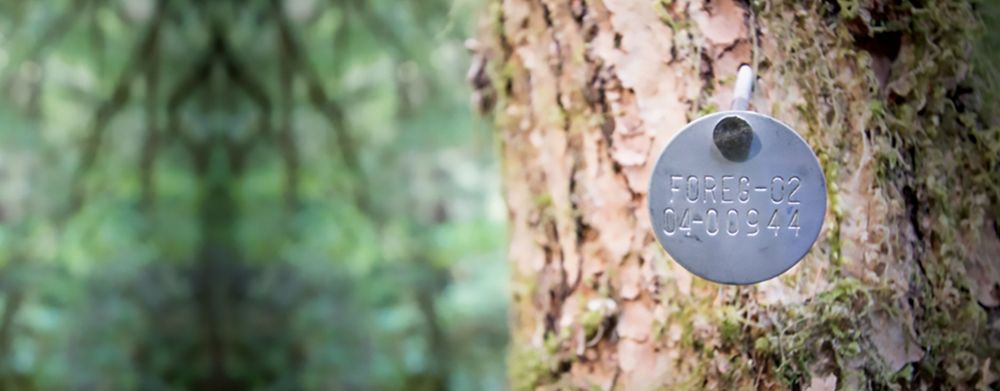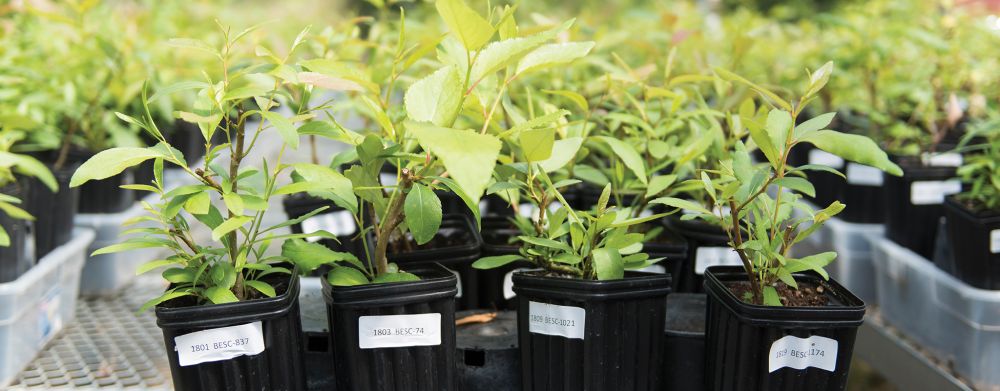
The College of Forestry is committed to addressing personal and systemic forms of privilege and oppression, adopting anti-racist practices and engaging in teaching, learning and research that supports the eradication of racism and the pursuit of equity in higher education and the field of natural resources.
To engage students in this important work, Eric Jones, a faculty instructor with Ecampus, created a course called Diversity, Equity and Inclusion (DEI) in Natural Resource Management for students enrolled in the Master of Natural Resources program (MNR). The College of Forestry’s MNR program, offered through Ecampus, is consistently recognized as one of the top natural resources programs in the country and provides a platform for equity in higher education, serving a non-traditional student demographic who often have additional commitments, such as family obligations, job responsibilities and financial constraints.
Jones’ course examined the systemic dynamics of historical inequality and power differentials in natural resource management. It covered concepts like implicit bias, structural racism, assimilation, cultural competency, intersectionality, agency and social justice.
Jones’ goal with the course was to help students understand how the many different pieces that encompass DEI can be brought together in a cohesive framework to analyze real-world problems and recommend solutions that support the principles of DEI. Jones also wanted students to recognize and challenge their own cultural biases and learn listening and facilitation techniques to identify, understand and manage diverse and conflicting views of individuals and groups.
“This class was full of amazing people,” Jones says, “and every participant came to the class already equipped with an understanding of pieces of DEI principles.”
Jones’ original plan was to co-develop and co-teach the course with a colleague that identifies as an underrepresented person. He began the initial planning stages with that colleague and then COVID-19 turned the world upside down, forcing him to scale back and create the first version of the course himself.
“However,” Jones says, “I do not want to be a gatekeeper that isn’t open to fresh perspectives and energy or somebody else teaching the course altogether.”
Jones explains that it wasn’t hard to identify critical topics essential to include within the course, but distilling their complexity and fitting them all together into a meaningful eleven-week term for students proved far more challenging and time-consuming than anticipated.
“For one, I had to be positive that how I understood issues reflected current scholarly thinking, so I did an extensive literature review and read more than I had since graduate school,” he explains. “I drew inspiration and courage from the never-ending headlines of hate, inequity, and injustice that characterized spring and summer 2020. I appreciated the positive public messaging and reassurance from OSU administrators, colleagues, and students during this time.”
Jones’ interests and professional experience helped him develop and teach the course. In 1997, Jones was a fellow in the Environmental Protection Agency’s Community-based Environmental Protection Program, which closely aligned with the EPA’s Office of Environmental Justice. In 1998, he co-founded and co-managed the now-retired Institute for Culture and Ecology for 13 years, which had the explicit mission of bringing social science to natural resource problem-solving.
“Analyzing systems of power, justice, and equity to protect and promote cultural diversity and inclusiveness were commonplace in our projects,” he says.
Jones had reservations about teaching this course online because the subject matter can be emotionally taxing. He places a premium on fostering discussion spaces where people feel safe and supported to express critical thinking and share experiences and was unsure if he could create that kind of environment online.
“I feel safer teaching these kinds of emotionally charged subjects on-campus, but I’m not sure that is justified,” Jones says. “I’ve come to learn over the years that some students thrive in the online environment. What I’ve found is that it is better for me to actively participate in the online discussions, letting students have space to interact with each other, but also for us to interact as a community.”
Jones was impressed with the thoughtful responses and high engagement from students.
“I wanted the class to feel that they could engage deeply with difficult and often tragic subject matter such as systemic racism, unethical science, and cultural appropriation and come out the other end feeling more hopeful and more empowered,” he explains.
“Did this happen? Based on the feedback I received, it seems participants generally felt hopeful and empowered, but while that is nice, what matters to me is what they do in the future. Lasting social change takes a long time. It is tough to measure the underlying catalysts, but I will say the students are extraordinary individuals. They give me great hope for a future where someday DEI principles are woven into the way people think, and societies work.” Learn more about DEI in the College of Forestry.
This story was part of the College of Forestry’s 2019-2020 Biennial Report.









